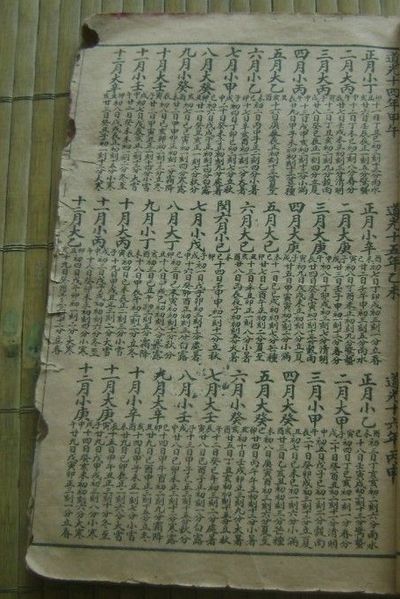The Double Ninth Festival is a traditional Chinese holiday observed on the ninth day of the ninth month in the Chinese calendar. According to Wu Jun, it dates back to the Eastern Han dynasty.
Chai Wan Cemetery, Hong Kong, 2015
Karasu-zumo (literally 'crow sumo'), is a part of the festivities held on September 9 at Kamigamo Shrine in Kyoto
Participants arrive at the Chai Wan Cemetery, Hong Kong, 2015
Chai Wan Cemetery Hong Kong, 2015
The traditional Chinese calendar is a lunisolar calendar, combining the solar, lunar, and other cycles for various social and agricultural purposes.
More recently, in China and Chinese communities the Gregorian calendar has been adopted and adapted in various ways, and is generally the basis for standard civic purposes, though also incorporating traditional lunisolar holidays. Also, there are many types and subtypes of the Chinese calendar, partly reflecting developments in astronomical observation and horology, with over a millennium's worth of history. The major modern form is the Gregorian calendar-based official version of Mainland China, though diaspora versions are also notable in other regions of China and Chinese-influenced cultures; however, aspects of the traditional lunisolar calendar remain popular, including the association of the twelve animals of the Chinese Zodiac in relation to months and years.

Page of a Chinese calendar containing monthly information in the years Daoguang 14–16, corresponding to 1834–1836
Hubei military government founded ROC Gazette (中華民國公報), dated YE 4609-10-15 (黃帝紀元4609年10月15日, yyyy-mm-dd)






